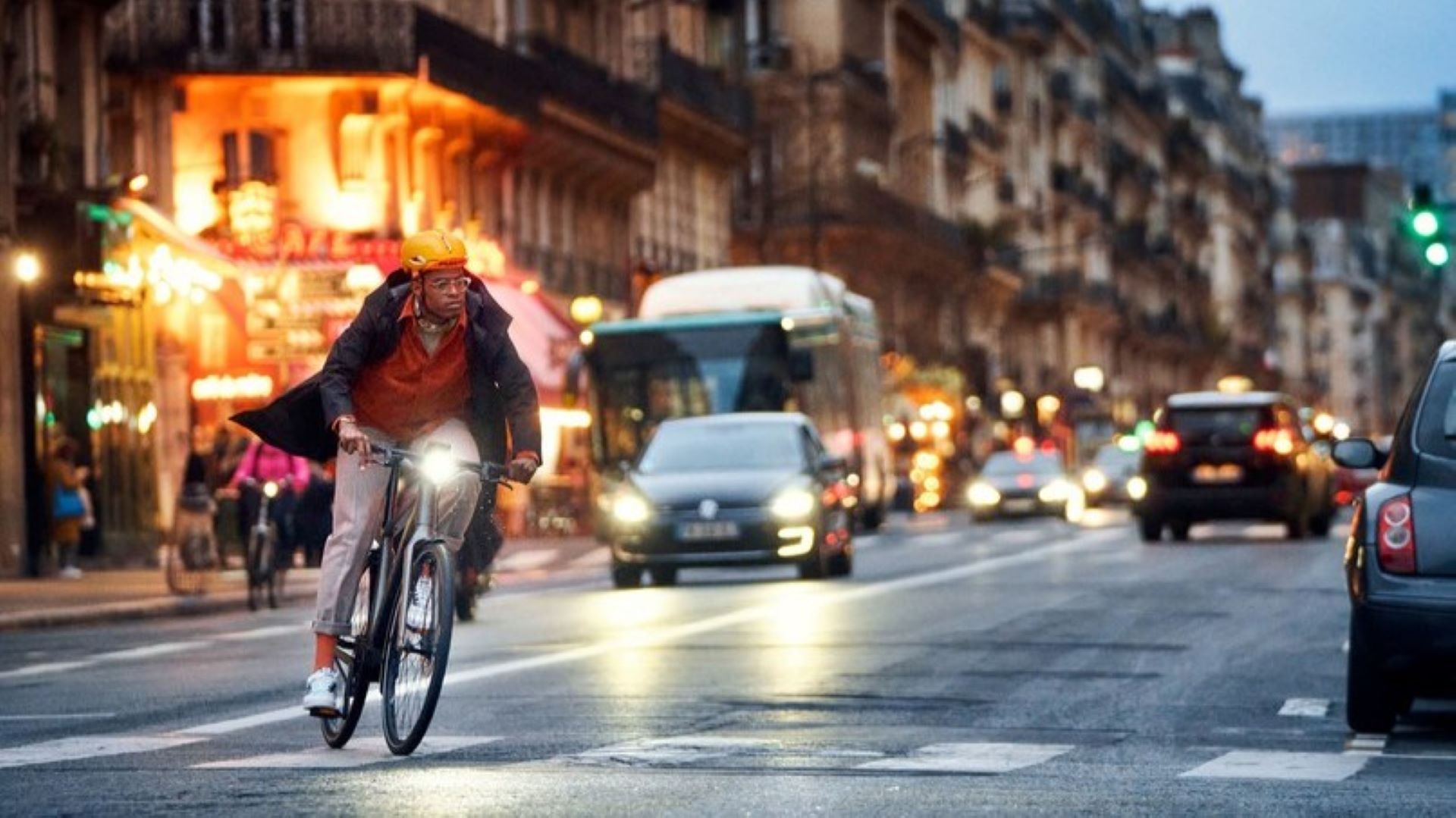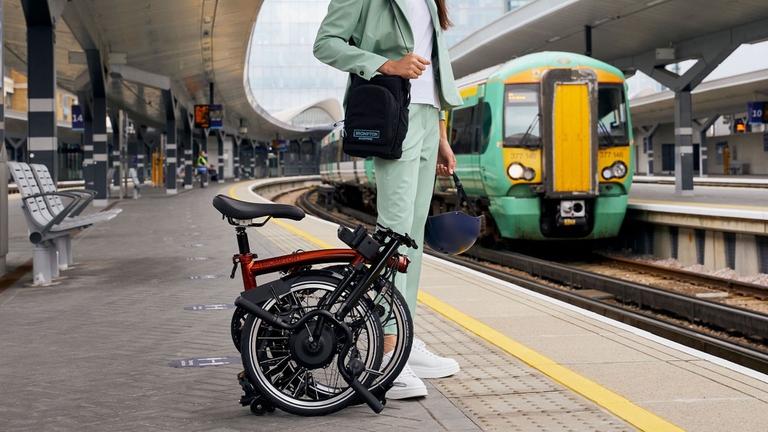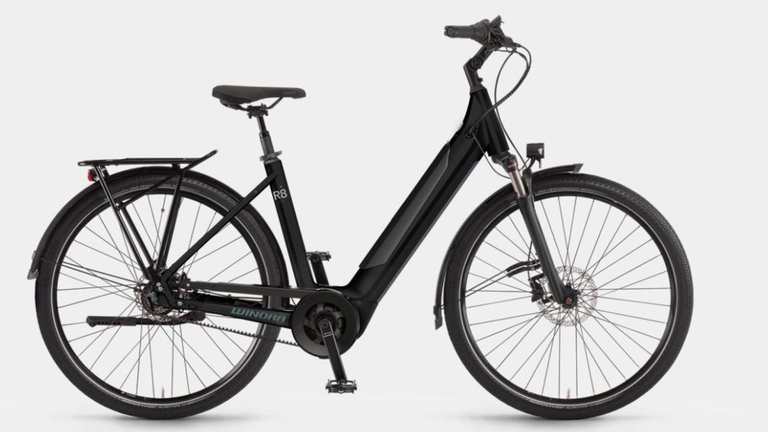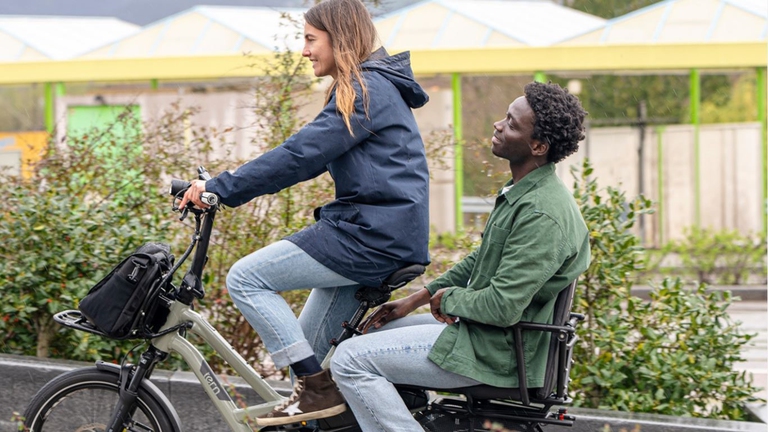https://www.lifegate.it/come-scegliere-una-e-bike-per-gli-spostamenti-urbani
- |
Let's start from an assumption to clear the field of misunderstandings:when we choose to use an e-bike, we actually choose to pedal, only we do it with an extra nudge, which arrives when needed, by pressing the on-off button.This turns on the engine and activates the pedal assist system, which helps us uphill or when we need it.
E-bikes can therefore be an incentive to change the way we move, for example facilitating daily travel from the suburbs to the city centre. In Europe, in 2022, 5.5 million pieces were sold, a record number which confirms the potential offered by these means.Furthermore, according to the latest survey on cycle tourism of Fiab and University of Insubria of Varese, well 32 percent of Italians have started spending their holidays cycling thanks to e-bikes, which therefore represent an interesting segment of the sustainable mobility.

But let's get to us:How do you choose an e-bike?There are different types, so first of all we must be clear about the use we will make of them:a e-trekking to walk through parks and cycle paths, one e-mtb for the mountain, one e-urban for home-office trips and trips around the city or a e-cargo to easily transport bulky materials (but also children and furry friends!).So let's see how to make a careful choice by focusing on models for urban use.
The engine, features and advice for use
First rule:Pedal-assisted bicycles are classified as velocipedes and are equipped with an electric motor that can be activated up to a maximum speed of 25 km/h, beyond which the motor "detaches".Not everyone knows, in fact, that the more the speed increases, the less the engine helps, until it stops when the speed reaches 25 km/h.This is to respect the limit indicated by the Highway Code.Otherwise, we are talking about mopeds that include license plate, helmet and insurance.
There are generally two types of engines:The central engine and the engine on the wheel, specifically on the hub (those on the rear wheel are very common, rarer on the front one).The central engine is preferable because it allows for more comfortable driving, balancing the weights and the center of gravity.Engine power and battery capacity vary depending on the model (for example, a more powerful engine can be found in e-mountain bikes to deal with challenging height differences).

The e-bike battery, the determining element
The battery determines the autonomy of the bike, but also its price.If you have to travel for short distances, there is no need to have excessively expensive batteries but it is certainly a good idea to focus on quality, with the guarantee of maintaining efficiency and safety over time.In fact, consider that a battery is not eternal!Among other things, these are constantly evolving elements, increasingly smaller, increasingly incorporated into the bike.The most common are batteries from 250 watt hours which allow aautonomy between 30 and 50 kilometers with a full charge.But the battery capacity can go up to 1000 watt hours of an e-mtb.Obviously, a greater capacity corresponds to a greater accumulation of energy, and therefore, generally, a greater duration (i.e. the possibility of traveling more kilometers on a charge).Recharging a battery usually takes between four and five hours, depending on the charger and the capacity of the battery itself.If possible, it's always better to choose one removable battery so you can charge it in the office or at home.
For the good conservation, it should not be left unused for months in a humid place, such as a cellar.Better to take it out and keep it indoors, avoiding the cold and recharging it from time to time, to maintain a charge level of around 60 percent.In addition to the battery and motor, you must also evaluate the quality of the frame, ease of maintenance, pedaling comfort, braking capacity and gearbox.The quality, in fact, also depends on the components and the overall weight of the bike which must be agile and pleasant to use even without pedal assistance.
Some reference brands for e-bikes
When choosing, it is a good idea to focus on reliable brands that can guarantee assistance over time, also because the maintenance of e-bikes is decidedly more complex compared to that of a traditional bike.There are many German brands with a consolidated tradition behind them, including Winora, leader in the production of pedal-assisted city bicycles, which has collected numerous awards.In the catalog we find a wide range of models with frames in three versions (men's, women's, monotube) with engines Bosch or Yamaha.

Also Riese & Muller is an important company with high-end e-bikes and e-cargo.Cult model is the cargo Load in its variants, while the new line was presented in June Cultures, very light (the frame is made of almost 50 percent ASI certified recycled aluminium), with a minimalist and captivating design.Distinguishing features:the pastel shades and the curvature of the upper tube (cost starting from 4,099 euros).
Coming to Italy we find Nilox, a brand of the Esprinet Group, known in the outdoor technology market, which is coming forward with affordable proposals.In addition to the model J1 Plus, i.e. a foldable vintage style, compact and lightweight (costs around 800 euros), new ones are available K lines, three electric bicycles with central motors positioned in a higher range (the practical K1 Mid, the sporty K2 Mid and the high-performance K3 mid).Another novelty from Nilox is the e-cargo line, in particular the Cargo light designed for light loads, which is around 1,700 euros.
The point of reference are then companies such as Atala, Bottecchia, Whites who have made the history of Made in Italy and who for some time have dedicated part of their production to e-bikes.
Finally, among the foldable "most compact in the world", we cannot fail to mention the Brompton, the queens of intermodality.The London company has in fact produced the Electric C line in steel with a 300 Wh lithium ion battery in a block weighing just 2.9 kilos, for a total weight of 17.4 kilos.Even lighter is the Electric P Line with its 15.6 kilos (from 4,195 euros), made of titanium and steel, equipped with 4 gears and intelligent technology to support pedal assistance.

Always in this area it stands out for quality Tern which also indulges itself with cargo proposals, such as the Hsd compact, slim and agile, shorter than a normal bike but capable of carrying up to 180 kilos.







